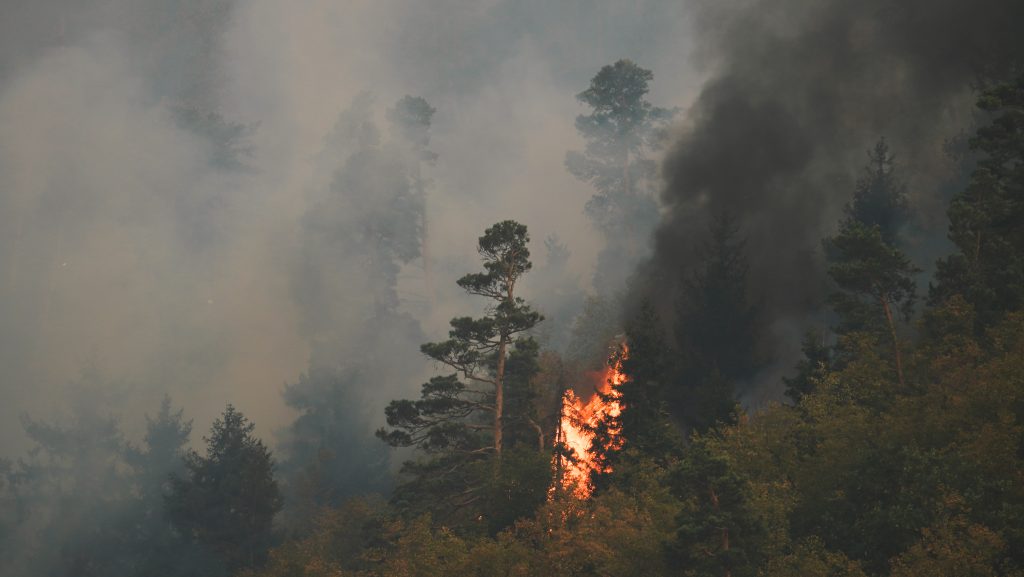July 17, 2024
Natural disasters can strike unexpectedly, leaving behind a trail of destruction and stress. Knowing how to handle the insurance claim process can make a significant difference in your recovery. Here’s a step-by-step guide to ensure a smooth insurance claim process after a natural disaster.
1. Ensure Safety First
Before anything else, make sure you and your loved ones are safe. Evacuate if necessary and follow the guidance of local authorities. Your safety is the top priority.
2. Document the Damage
Once it’s safe to do so, document the damage thoroughly. Take clear photos and videos of all affected areas, both inside and outside your home. This documentation will be crucial for your natural disaster insurance claim.
3. Review Your Insurance Policy
Understand what your policy covers. Home insurance policies often have specific clauses for natural disasters. Review the details to know what is included and what isn’t.
4. Contact Your Insurance Company
Notify your insurance company as soon as possible. Most insurers have a 24-hour claims hotline. Provide them with your policy number and detailed information about the damage.
5. Mitigate Further Damage
Take necessary steps to prevent further damage to your property. This might include covering broken windows or placing tarps over damaged roofs. Keep receipts for any materials purchased as these can be part of your insurance claim process.

6. Keep Detailed Records
Maintain a detailed record of all communication with your insurance company. This includes the dates and times of phone calls, the names of representatives you spoke with, and summaries of your conversations.
7. Get Professional Estimates
Obtain estimates from reputable contractors for the repair work. These estimates will help substantiate your claim and provide a realistic figure for the repair costs.
8. Prepare for the Adjuster’s Visit
An insurance adjuster will visit your property to assess the damage. Be prepared to show them all the documentation you’ve gathered, including photos, videos, and repair estimates.
9. File Your Claim Promptly
Submit your claim as soon as possible. The sooner you file, the quicker the claims process will begin. Include all necessary documentation and be ready to provide additional information if requested.
10. Stay Informed
Stay informed about the progress of your claim. Regularly check in with your insurance company and keep track of any new developments. Patience and persistence are key during this stage.
11. Understand Your Settlement
Once your claim is processed, review the settlement offer carefully. Ensure it covers all the necessary repairs and replacements. If you believe the settlement is inadequate, discuss it with your insurance company or seek advice from a public adjuster.
12. Learn and Prepare for the Future
After resolving your claim, take time to review your insurance coverage. Consider making adjustments to better protect yourself from future natural disasters. Being prepared can help mitigate the impact of future events.
By following these steps, you can navigate the insurance claim process more effectively and ensure you receive the compensation you need to rebuild and recover. Remember, being proactive and organized is key to managing the aftermath of a natural disaster.
